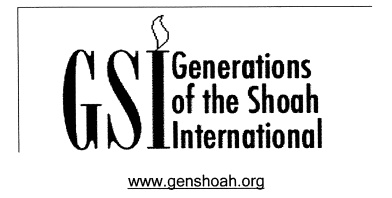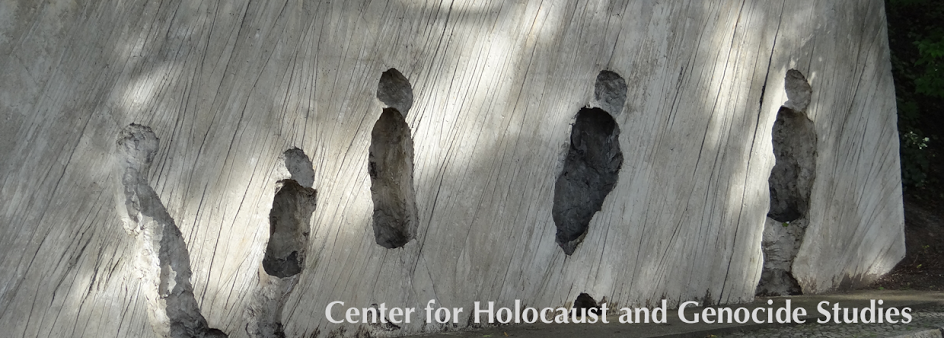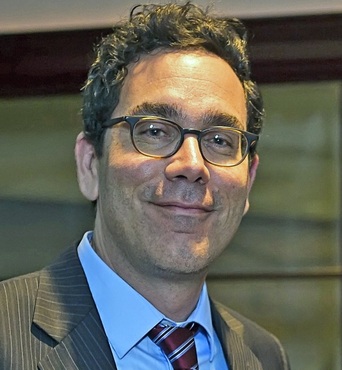Below is an open letter sent to President-elect Donald Trump by Generations of the Shoah International.

November 30, 2016
Donald J. Trump
President-elect of the United States
Trump Tower
725 Fifth Avenue
New York, NY 10022
Dear President-elect Trump:
In your election night speech, you said, “Now it’s time for America to bind the wounds of division. It is time for us to come together as one united people.” Instead, those divisions are escalating. When members of the alt-right meet in Washington, DC and question if Jews are really people, it is time for moral leadership to put a stop to hate speech, to anti-Semitism, to racism.


